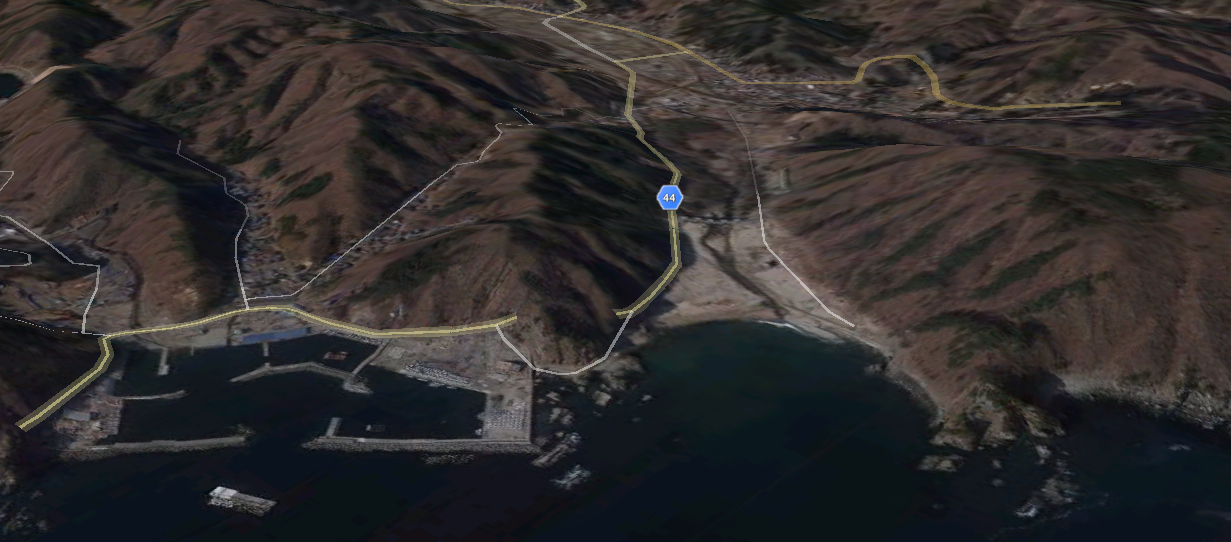
While many Japanese towns were completely destroyed by the tsunami in March, several escaped potentially dire fates. Some villages were warned of the dangers of building too close to water by tablets and monoliths erected in the wakes of previous disasters.
According to this AP story, the village of Fudai took a technological brute-force approach, spearheaded by a previous mayor. Kotaku Wamura was mayor of Fudai for 10 terms and, during the 70s, fought city council resistance to augment a 51-foot tall seawall with flood gates of the same height. Wamura had witnessed the 1933 tsunami and was deeply affected by the devastation.
Fudai is fortunate to be located in a valley just narrow enough to be fortified against rising waters. The size and the expense of doing so put many off his plan, but in the end, Wamura won and the floodgates were finished in 1984.
The result last March was minimal damage, isolated mostly to the city’s port, only one missing resident who insisted on checking his boat after the quake, and many new visitors paying respect and expressing gratitude at the grave of Mr. Wamura, who passed away in 1997.
Gawker blog Kotaku did a little digging of their own into Wamura and found a photograph of him, mention that his name means “good luck advantage” and point out some transliteration problems in the AP story.